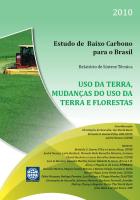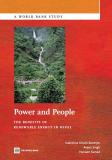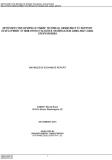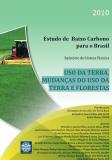Publications
Building an effective air quality management system (AQMS) requires a process of continual improvement, and the source apportionment techniques described in this report can contribute in a cost effective manner to improving existing systems or even as the first step to begin an AQMS. This is good news for many developing country cities where the combination of rapid growth, dirty fuels, and old and polluting technologies are overwhelming the capacities of cities to control air pollution. For these cities, source apportionment offers policymakers practical tools for identifying and quantifying the different sources of air pollution, and thereby increasing the ability to put in place effective policy measures to reduce air pollution to acceptable levels.
This report arises from a concern over the lack of objective and scientifically-based information on the contributions of different sources of air pollution—especially for fine particulate matter (PM)—in developing countries. PM is the air pollutant of most concern for adverse health effects, and in urban areas alone accounts for approximately 800,000 premature deaths worldwide each year.




